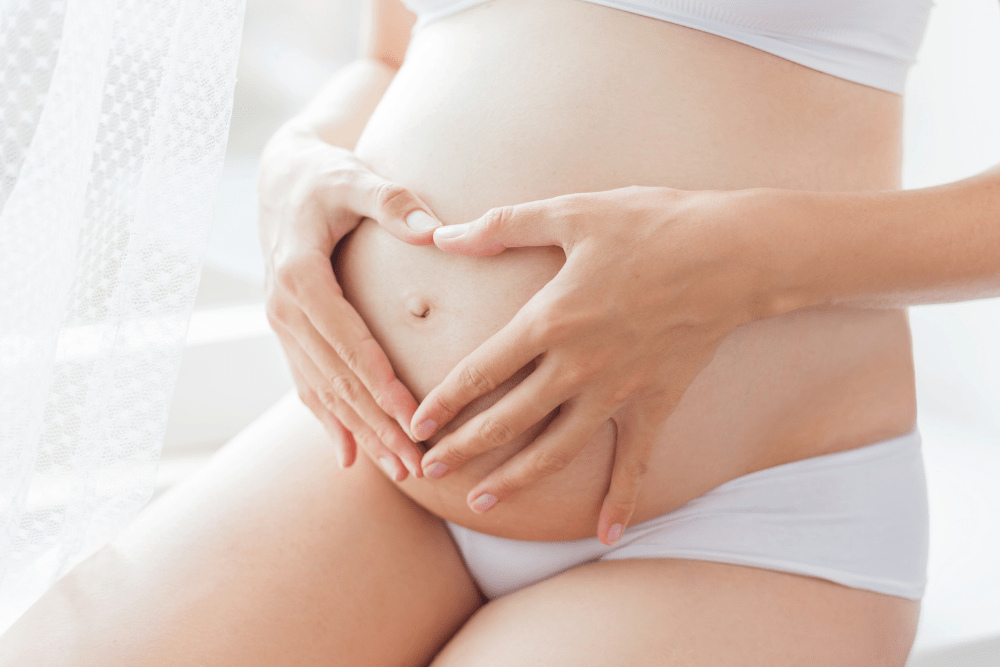
If you’ve have had a caesarean birth and you get pregnant again, the question arises as to whether you can give birth vaginally or whether you’re going to need another caesarean. To some extent, the answer depends on the kind of caesarean you had. Most are done through what’s called a low transverse incision; that is, across the floor in the lower part of the uterus. Women who have a low transverse incision are usually able to give birth vaginally in a subsequent pregnancy – as long as they have no other complicating factors.
Vaginal birth after caesarean checklist
You can work towards achieving the type of birth you want. When planning for a VBAC consider doing the following:
- Write a detailed birth plan.
- Have a supportive birth-care team.
- Keep yourself informed by reading widely and surfing the Internet.
- Attend preparation for birth classes (ideally a specialised VBAC program)
- See a supportive midwife or doctor.
- Join a VBAC support group.
- Discuss feelings about your last birth with a healthcare professional such as counsellor, childbirth educator, midwife or doctor.
- Believe in yourself and your body’s ability to give birth.
If, on the other hand, you have what’s known as a classical caesarean, in which a vertical incision is made in the upper portion of the uterus, vaginal birth in a subsequent pregnancy isn’t advised. This is because a classical incision is more likely to come apart during labour.
Midwives and doctors used to think that after a woman had a caesarean birth, all her babies would have to be born the same way. Trying a vaginal birth, it was thought, meant risking that the uterus would rupture through the old caesarean scar. But studies have demonstrated that the risk of such a rupture is actually very low – less than half of one per cent. Other recent studies show that about 80 per cent of the time women can successfully give birth to their baby vaginally after they’ve had a previous caesarean. Even if a woman has had two previous caesareans, a vaginal birth still remains an option (depending of course on the reason for the previous caesareans).
Why give birth to your next baby vaginally? Attempting a vaginal birth after a previous caesarean has been proven to be the safest option for both mother and baby. One of the main benefits is that if you’re successful, your recovery is much shorter. In fact, around 80 per cent of women have fewer complications after birth if they choose to try for a vaginal birth. With a vaginal birth, the baby is stimulated by contractions during labour, lessening the likelihood of the baby developing respiratory distress. Babies born by elective caesarean are at increased risk of respiratory distress compared to those babies born vaginally.
Discuss the option of a VBAC (pronounced vee-back) with your midwife or doctor. Some midwives and doctors are very supportive, while others prefer to automatically recommend a repeat caesarean. See the sidebar ‘Vaginal birth after caesarean checklist’ for some positive strategies for achieving a VBAC.
Excerpt from Pregnancy For Dummies, 2nd Australian and New Zealand Edition by Jane Palmer. For more information on birth choices, VBAC or caesarean birth purchase a copy of Pregnancy For Dummies online.


Recent Comments